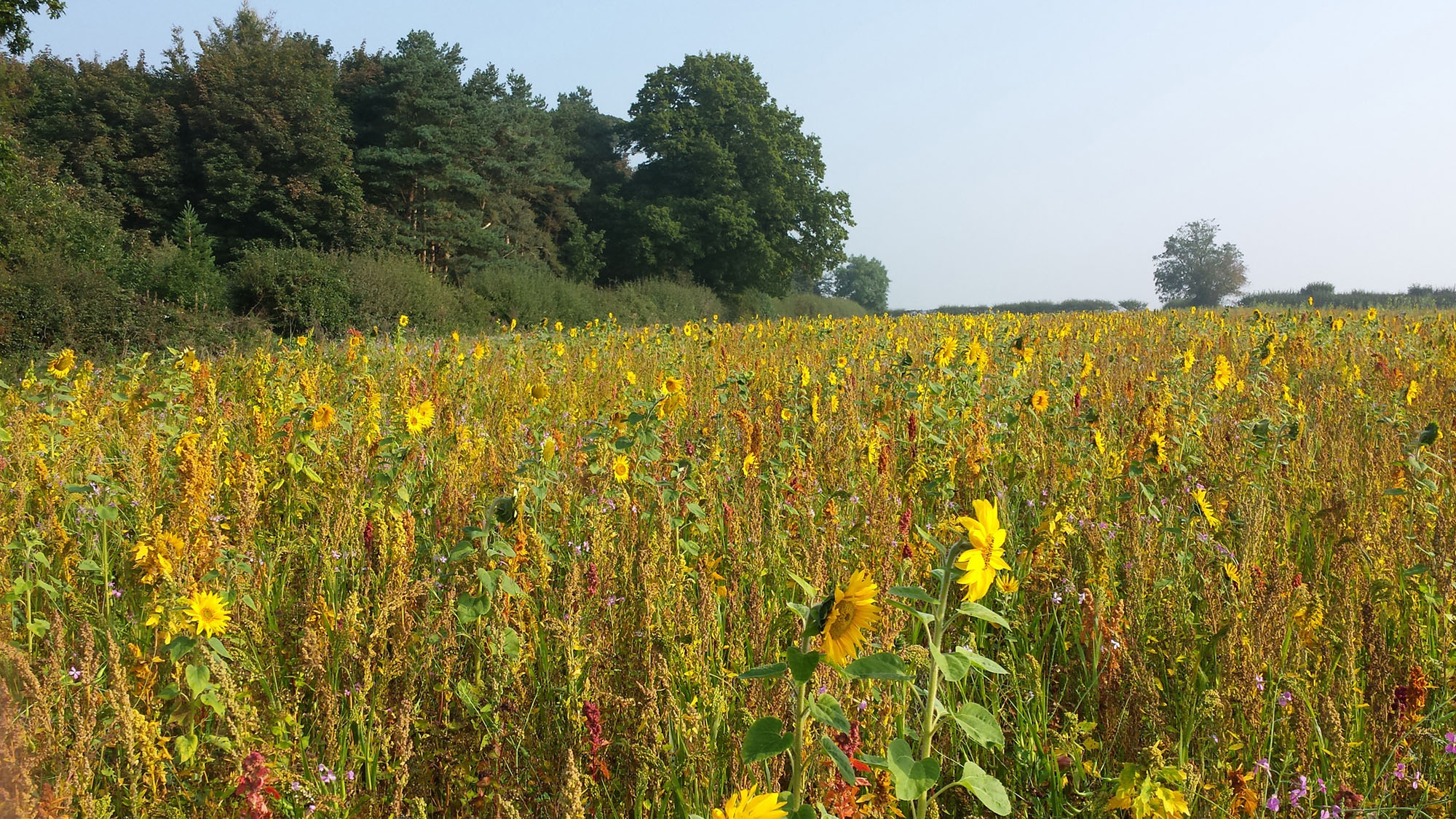
Farmers across the UK are being urged to join in the Big Farmland Bird Count next week (6th – 14th February), with Syngenta Operation Pollinator Bees‘n’Seeds wildflower habitats among the areas being targeted to record the highest numbers of bird species and populations.
A focus on actively managed new habitats specifically designed to attract and support large numbers of farmland birds could identify many of the species that have been in decline.
Organised by the Game & Wildlife Conservation Trust (GWCT), the Big Farmland Bird Count gives an invaluable snapshot to the health of farmland bird populations – some of which have suffered serious declines over past years, but where farmers’ positive action to restore habitats has seen notable recovery of some species.
GWCT Farmland Biodiversity Advisor, Peter Thompson, explained that the fall in numbers of farmland birds had occurred for a myriad of reasons over the past 30 years. “However, there are some really encouraging initiatives instigated over recent years that have shown landowners can support more farmland birds.”
He highlighted the three key elements to restore bird numbers were the provision of safe nesting sites; enhancing insect rich habitats for summer food supply and providing ample winter seed sources.
“We now have far better understanding of different birds’ requirements to tailor these fundamental elements to specific species,” advised Peter. “But if farmers can provide the basics for food and shelter, it will significantly help a broad range of farmland species.”
Belinda Bailey, Syngenta Environmental Initiatives Manager, reported over 350 hectares of the Bees‘n’Seeds mix had been sown by farmers across the UK over the past year. “We have already seen that the flowering mix creates a colourful bloom in late summer, which has been alive with insect life essential for birds to successfully rear chicks.
“Then it goes on to bear prolific seed heads that provide an essential winter food source for our native birds and many visiting farmland species.” The Bees‘n’Seeds flower mix has been selected by specialists, Kings Seeds, which also provides agronomic support for farmers.
In many instances the areas have been sown alongside annual wildflowers, pollen and nectar mixes or other ecological features to create a truly diverse farmland habitat, added Belinda.
All farmers taking part in the Big Farmland Bird Count are eligible to apply for a limited special offer from Syngenta for Operational Pollinator Bees‘n’Seeds mix.
The GWCT is aiming for over 1000 growers and participants to spend 30 minutes recording the diversity of bird species on areas of farmland. The initiative takes place between the 6th and 14th February this year.
